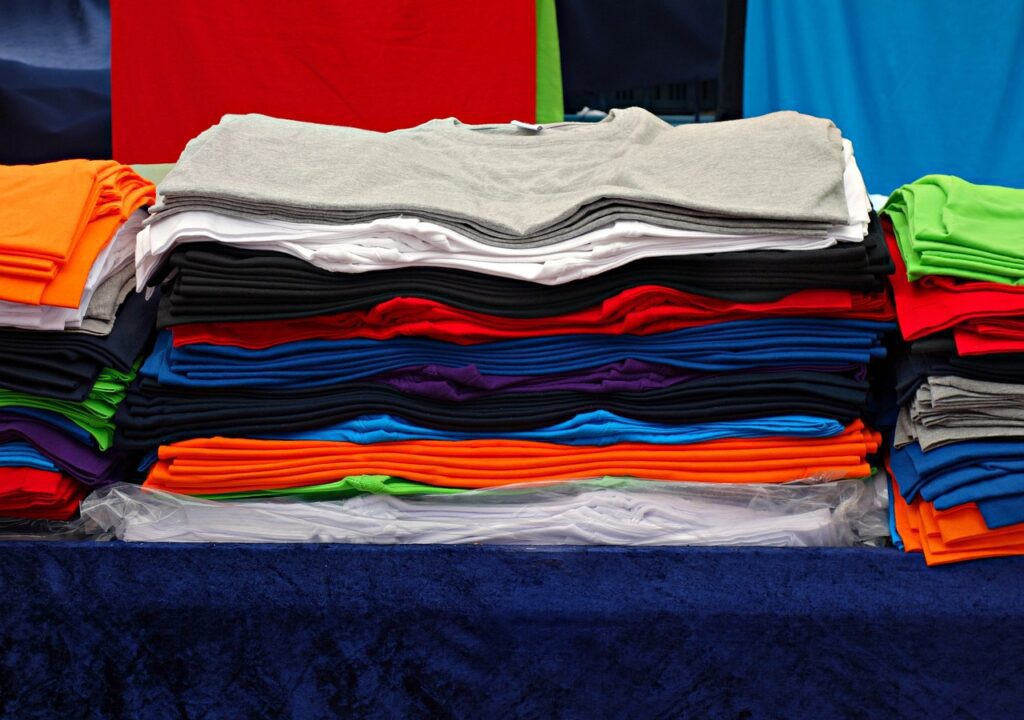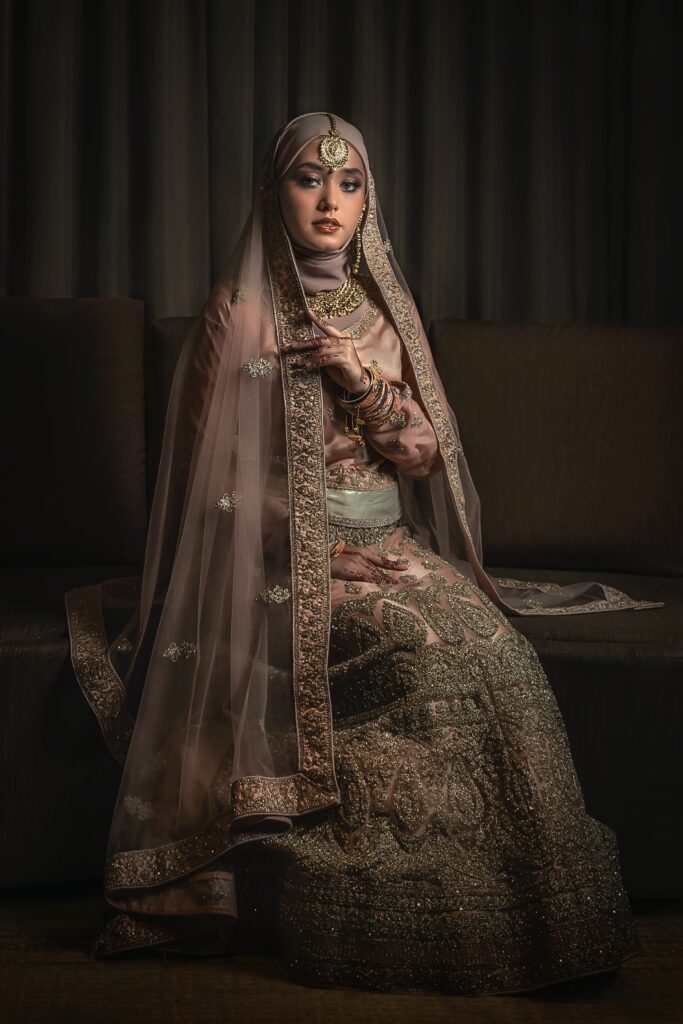Introduction
Gender has always played a crucial role in fashion, dictating what colors, styles, and garments are acceptable for men and women. However, in recent years, there has been a noticeable shift towards gender-neutral clothing, with more and more designers and retailers embracing and promoting unisex fashion. This trend has sparked a lot of debate and discussion, with some seeing it as a step towards equality and inclusion, while others view it as a threat to traditional gender roles and identity. In this blog post, we’ll explore the concept of gender-neutral clothing, its origins, and its impact on the fashion industry and society as a whole.

What is Gender-Neutral Clothing?
Gender-neutral clothing is clothing that is designed and marketed for people of all genders, without any stereotypical or limiting associations with male or female identities. It blurs the lines between traditional menswear and womenswear, offering a wider range of styles, colors, and fits that cater to individual preferences and expressions, rather than predetermined societal norms. Gender-neutral clothing often features loose, comfortable cuts, neutral colors, and minimal embellishments, focusing on simplicity and versatility.
The Origins of Gender-Neutral Clothing
The idea of gender-neutral clothing is not new; it has been around for centuries, in various forms and contexts. In many traditional cultures, such as Native American and African, clothing was often unisex, with men and women wearing similar garments that reflected their cultural values and beliefs. In the 20th century, the concept of unisex fashion emerged as a counter-culture movement, challenging the gender binary and celebrating individual freedom and self-expression. Designers like Yves Saint Laurent, Calvin Klein, and Jean-Paul Gaultier created collections that mixed masculine and feminine elements, creating a new aesthetic that defied gender norms.
Rise of Gender-neutral clothing Stores
However, it wasn’t until the 2010s that gender-neutral clothing became more mainstream, with the rise of the genderless and non-binary movements. More people began to reject the idea of being forced to conform to narrow gender categories, and fashion became a means of expressing their identities and challenging the status quo. Gender-neutral clothing Stores were introduced by retailers like Zara, H&M, and ASOS, and increasingly androgynous styles were featured during fashion weeks all over the world. The rise of social media also played a significant role, as influencers and celebrities started to embrace gender-neutral fashion and share their outfits with their followers.
The Impact of Gender-Neutral Clothing
The trend of gender-neutral clothing has had a significant impact on the fashion industry and society as a whole. On the one hand, it has opened up new opportunities for designers and retailers, allowing them to tap into a growing market of consumers who value inclusivity and diversity. It has also challenged traditional gender roles and stereotypes, encouraging people to explore their identities and express themselves in new ways. Furthermore, it has promoted sustainability and ethical fashion, as gender-neutral clothing tends to be more versatile and long-lasting, reducing the need for constant updates and replacements.
On the other hand, the trend of gender-neutral clothing has also faced criticism and resistance from some groups who view it as a threat to traditional gender roles and identity. Some argue that it undermines the distinct differences between men and women, eroding the values and beliefs that have shaped society for centuries. Others worry that it could lead to a loss of individuality and creativity, as people start to conform to a uniform, genderless look.
Conclusion
The trend of gender-neutral clothing is a complex and multifaceted phenomenon that reflects the changing attitudes and values of society. While it has brought about new opportunities and challenges for the fashion industry, it has also sparked a lot of debate and discussion about the nature of gender and identity. Ultimately, the concept of gender




